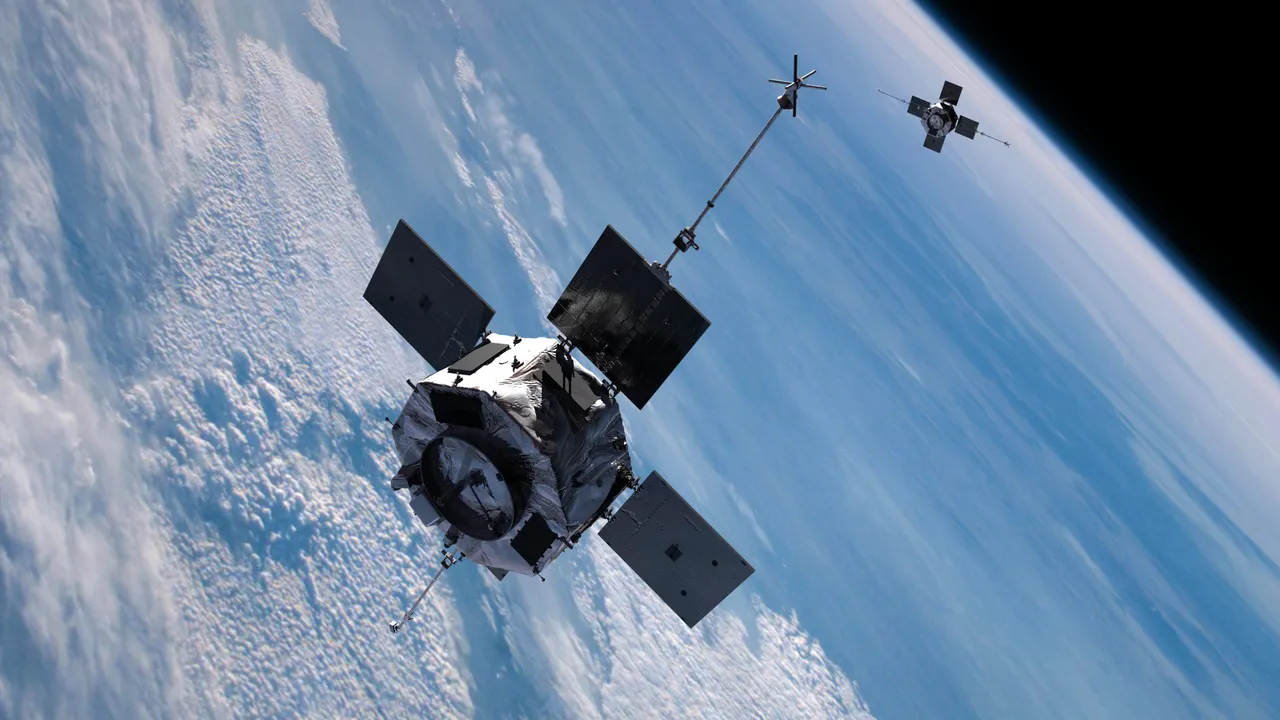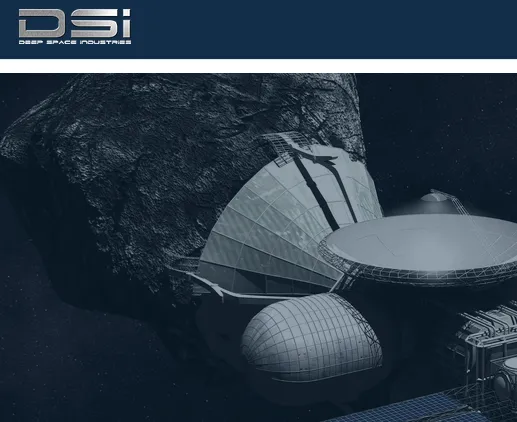
An asteroid orbiting between Mars and Jupiter is said to be worth USD $10,000 quadrillion, over 100,000 times more valuable than the entire world economy. (www.dailystar.co.uk, 2017)
Is it just a castle in the sky?
California's Institute of Technology Jet Propulsion Laboratory conducted a feasibility study estimating that the complete cost an asteroid capture and return mission would be about US$2.6 billion. This seems like a small cost considering an asteroid recently passed by the Earth that is worth as much as £3.5 trillion.(www.indepenent.co.uk, 2015)
How to get it?
Leading the effort to mine asteroids is Deepspace Industries which is developing prospecting technology for near earth asteroids. Their website indicates that the primary resource they want to harvest is not metals...but water.
Water is the most abundant chemical compound in the Universe. It is abundant in our solar system and is fundamental to life and business operations in space. Water is vital to supporting human habitation for things such as drinking water, agriculture, radiation shielding, and oxygen. Additionally, water, as super-heated vapor, can be used as propellant. It can also be broken down into its constituent parts — liquid hydrogen and oxygen — to be used as fuel.
(source deepspaceindustries.com)
Demise of Government Space Monopolies
It will not be a space race between countries like the one that brought us the first satellites. There is no race because space is so abundant with natural resources that it is only a matter of developing the technology to harvest it not getting there first. However, a few industries could make large profits in the beginning if they can gain first mover advantage.
At present, the high start-up costs, high risk, and long timescales on investment returns make it difficult for governments to safely invest in asteroid mining. Since some resources are projected to become critically low very soon..
(source: mit.edu)
 (Source: nasa.gov)
(Source: nasa.gov)
- The Flame of Liberty Passing the Torch from Encryption to Cryptocurrencies
- How to be Happy and Achieve Success Through Perception
- The Genesis of Genesis How it all began
- Airport Jedi: Getting through airport security like a VIP
- What I'm Drinking Now
- 1000 Scientists Declare Man Man Climate Change a Fraud
- Israel's Top Secret Revealed
